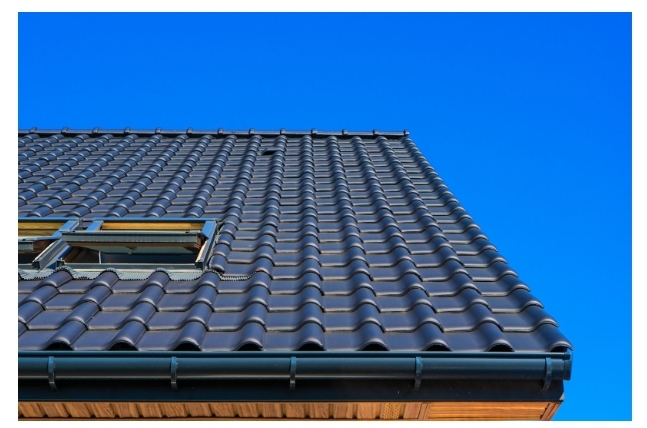
Source: Freepik
Making the proper choice of roofing system among any commercial facilities becomes an important factor. Whether using the entire building or just a part of it, there are many different commercial roofing types to choose from, each having its advantages and disadvantages. Knowing the difference between these could be an assistant to you in terms of what will be best for your business needs.
Single-Ply Membrane Roofing
Advantages: Whether a single-ply membrane system (TPO or EPDM) or a multiple-ply system (BUR), the structural stability and ease of installation make them popular across the industry. Compared to conventional materials like steel and wood, these are strong have great weather resistance, and are suitable for huge commercial buildings. These roofs do not only reflect solar radiation, which can diminish energy bills.
Disadvantages: The main shortcoming is that repairing is difficult due to punctures. Regular roof repair and inspection of the roof surface should be done to address damage from people and mechanical lowering equipment.
Metal Roofing
Advantages: The roofs made out of metal have an extended life, of about 50 years or more. Because of their ability to resist fire and severe weather conditions, they are the perfect choice for carpentry work. Socially responsible too, existing metal roofs are usually manufactured using recycled material as they are recyclable at the end of their life span.
Disadvantages: The expense of steel roofs is higher than any other at the outset. While noise during rain and hail storms can even reach a higher level than other roofing materials, noise during rain and hail storms can be as loud as other roofing materials. Sound and thermal isolating improvement could be implemented via insulation change.
Built-Up Roofing (BUR)
Advantages: BUR is considered one of the types of roofing systems that dates to thousands of years. It comes in a few different forms like perfectoid or duroflex with 20-25 layers providing more strength and long life. BUR are credited for their superior waterproof properties compared to other types of roofs and this further leads to them resisting more foot traffic.
Disadvantages: The application of BUR is great to go extent as far as the materials can be troublesome to work with being usually hot tar which can be risky in terms of safety and also a problem odor as well. The roofing elements in itself are a heavy load that is borne by a right supporting structure.
Modified Bitumen Roofing
Advantages: Modified Bitumen roofs are meant for buildings with minimal slope or flat roof layouts. They are repairable and maintainable with lower cost as compared to conventional methods, thus saving a substantial amount for the organizations. This variety of roofing has been recognized for its great tensile strength capacity, which enables it to resist cracking and, hence, enhance the structure’s longevity.
Disadvantages: This is due to the installation process that produces heat and requires construction workers to be trained to handle the high temperature during installation together with the fire hazard. As the seasons go on, the metallic elements transform into brittle as time goes by.
Conclusion
Selecting the right type of commercial roofing should be done by assessing the degree of each benefit-cost. No matter what your priority is: durability, cost-effectiveness, or environmental impact – there is a roofing type that can match your needs. Whether or not you go with as made, the routine maintenance, as well as timely repair, should be equally very significant to extend the life of your roof, thus guaranteeingthe best performance.